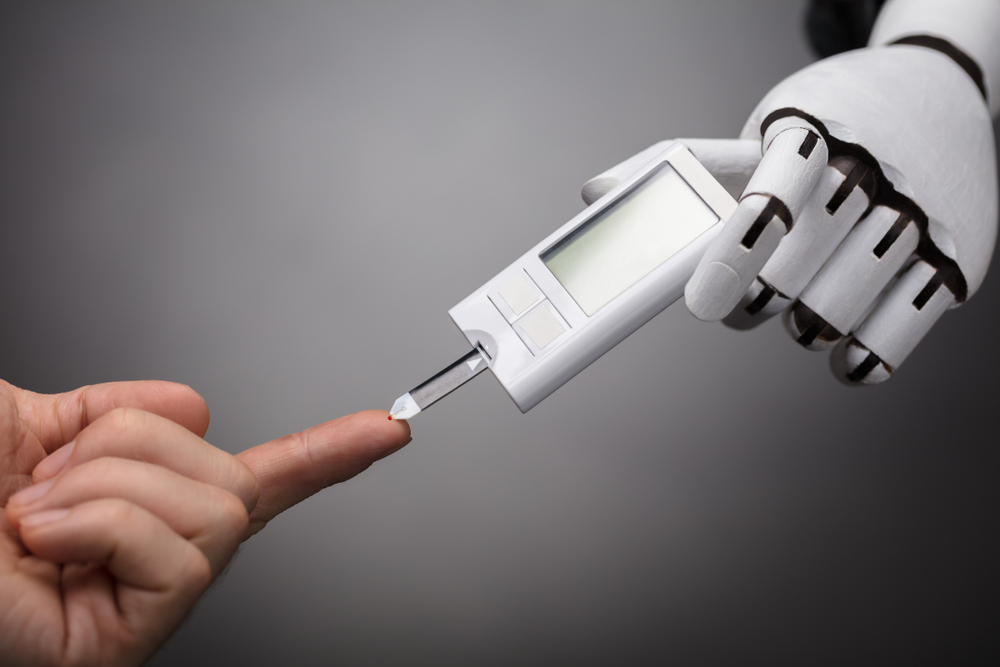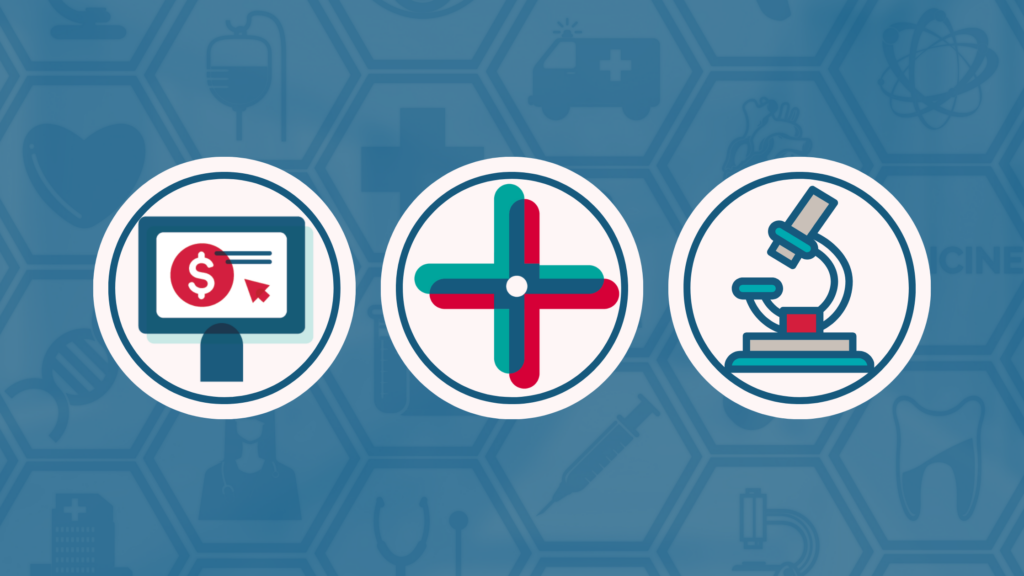Telemedicine in the fight against COVID-19
By Conexus MedStaff - Posted Mar 26, 2020

During these unprecedented times of the global COVID-19 pandemic, healthcare organizations are seeking increasingly more inventive ways of delivering healthcare whilst maintaining social distancing and adhering to strict infection control measures. Telehealth and telemedicine technologies are enabling patients to continue to receive high standards of quality care, while ensuring the safety of healthcare professionals, and minimising their exposure to the lethal virus.
In a time when patients are being asked to stay away from healthcare establishments if they are displaying mild symptoms of COVID-19, being able to still communicate their position to healthcare workers is key. Telephone and video appointments help patients directly access healthcare practitioner’s expertise and advice remotely. While mobile apps and interactive websites use artificial intelligence and algorithms to also help patients check their symptoms and guide them to the most appropriate advice or services. The Centers for Disease Control and Prevention in, conjunction with Microsoft, have launched a COVID-19 chat bot facility where patients in the US can check their symptoms online (see https://www.cdc.gov/coronavirus/2019-ncov/symptoms-testing/symptoms.html ). Self-checker functions also enable a more efficient allocation of resources (practitioners), as they are then able to deal with the cases who actually require further assistance or assessment. Without this type of technology, patients with minor to moderate COVID-19 symptoms would need to travel to appointments and attend face to face consultations with practitioners, transmitting the highly contagious virus to other people with who they have close contact, while more than likely not actually requiring active treatment.
But COVID-19 is not a condition that can be solely managed remotely. Hospitals, and in particular intensive care units, are seeing huge numbers of COVID-19 admissions, and the threat of infection while working in healthcare organizations is very real. Therefore hospitals are turning to even more advanced ways of delivering hands on care while protecting staff against transmission.
In the US, some organizations have used robots to monitor isolated patient’s vital signs and lung sounds and communicate to the patient, while nursing and medical staff are separated in a different room. Robots are also being used to deliver medication and food to isolated patients, and to remove rubbish from their rooms. Not only does this help to minimise the contact level between infected patients and staff, but it also helps preserve the need for using vital, and in some cases limited, PPE for tasks that have to be completed in person. As viruses and bacteria can live for a number of days on hard surfaces, in China they have created a robot that uses UV light to decontaminate rooms where Coronavirus patients have been housed. They emit concentrated UV-C ultraviolet light which destroys bacteria, viruses and other harmful microbes by damaging their DNA and RNA, so they can’t multiply. The light is harmful to people so the procedure must be done in a vacated room, and manual cleaning does need to be performed first as physical dirt can block the light from hitting the surface, but it still offers an extra layer of protection for the next person who is housed in the room.
Wearable patient monitoring equipment is also becoming more widely used in areas outside of intensive care to get information in real time on the vital signs of patients. These include using in situ temperature, heart rate and respiratory sensors to monitor the patient, all while minimising practitioner-patient contact.
And let’s not forget that modern day technology is also vital in improving the patient experience of COVID-19. Infected patients are isolated in solitary rooms, or with strangers who are also infected. Being unable to have visitors from family and friends can have a huge negative impact on patient’s mental well-being. Although these strict rules must be adhered to in order to save lives, having the ability to use mobile call and video technology can help patients maintain social contact with their loved ones, and can improve their mental health.
Telehealth and telemedicine are evolving quickly to meet the demand the COVID-19 pandemic is creating, and to see what is in the pipeline for patient care will be very interesting. Watch this space!



